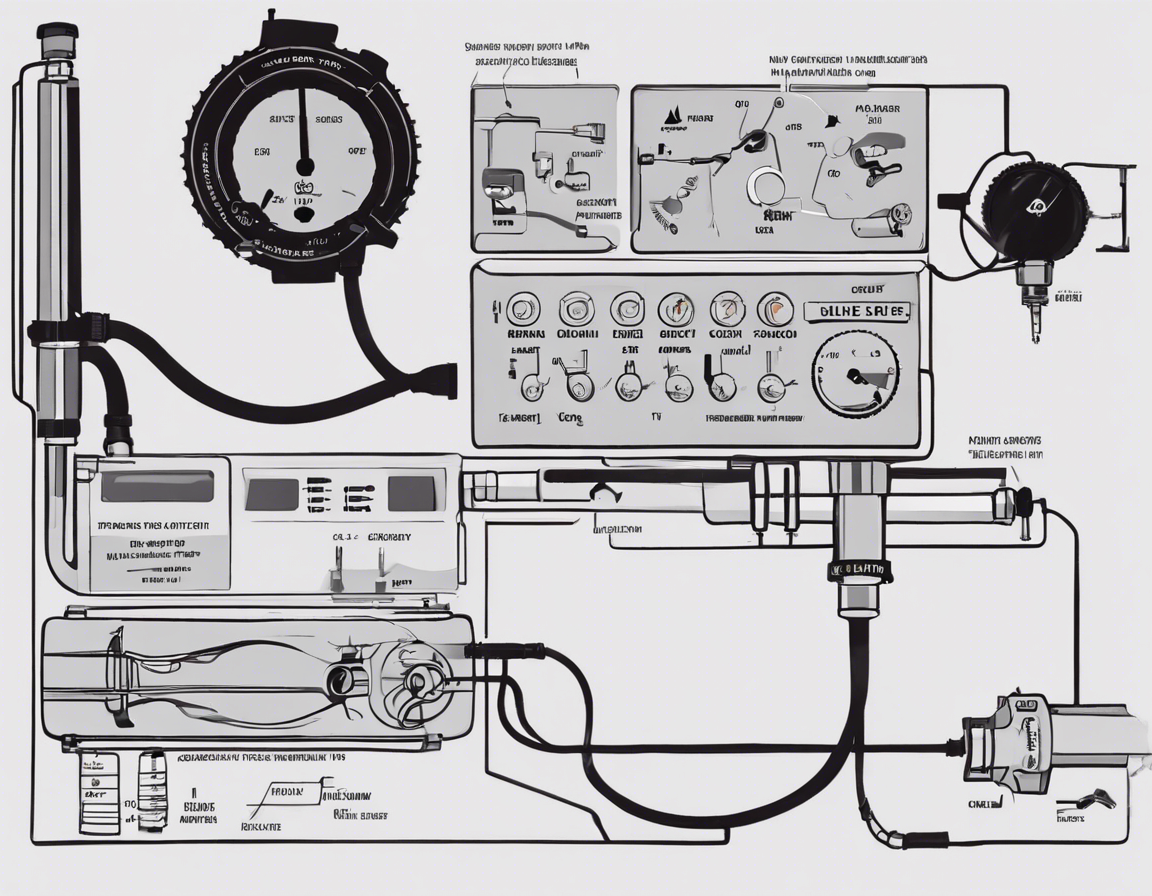An engine is the heart of a vehicle, responsible for transforming fuel into mechanical energy that propels the vehicle forward. However, engines are complex systems with many components that can malfunction, leading to issues that affect performance and safety. One common problem that can arise in an engine is a combustion leak. Detecting engine issues early is crucial to prevent further damage and costly repairs. In this comprehensive guide, we will explore the importance of detecting engine issues, particularly combustion leaks, and how a combustion leak tester can help in diagnosing and resolving these problems.
The Importance of Detecting Engine Issues
- Prevent Further Damage: Ignoring engine issues can lead to more severe problems that can be costly to repair.
- Ensure Safety: Engine problems can compromise vehicle safety, putting the driver and passengers at risk.
- Maintain Performance: A healthy engine is essential for optimal vehicle performance, fuel efficiency, and emission control.
Understanding Combustion Leaks
A combustion leak occurs when there is a breach in the combustion chamber that allows gases to escape. This can result from issues such as a blown head gasket, cracked cylinder head, or damaged engine block. Common symptoms of a combustion leak include:
– Overheating: An engine running hotter than normal can indicate a combustion leak.
– White Smoke: Excessive white smoke from the exhaust pipe can be a sign of coolant leaking into the combustion chamber.
– Bubbles in Radiator: Air bubbles in the radiator when the engine is running can indicate a combustion leak.
Using a Combustion Leak Tester
A combustion leak tester is a tool designed to detect the presence of combustion gases in the cooling system, indicating a potential leak in the combustion chamber. Here’s how to use a combustion leak tester:
1. Prepare the Vehicle: Ensure the engine is cool before starting the test.
2. Fill the Tester: Fill the tester with the testing fluid provided in the kit.
3. Test the Coolant: Place the tester over the radiator opening and start the engine. If the fluid changes color, it indicates a combustion leak.
4. Interpret the Results: Refer to the instructions provided with the tester to interpret the results accurately.
Benefits of Using a Combustion Leak Tester
- Quick and Easy Detection: A combustion leak tester provides a quick and easy method to detect combustion leaks.
- Cost-Effective: Early detection of engine issues can prevent costly repairs down the line.
- DIY-Friendly: Many combustion leak testers are designed for use by vehicle owners, making it a DIY-friendly tool.
Frequently Asked Questions (FAQs)
Q: What causes combustion leaks in an engine?
A: Common causes of combustion leaks include a blown head gasket, cracked cylinder head, or damaged engine block.
Q: How do combustion leak testers work?
A: Combustion leak testers detect the presence of combustion gases in the cooling system, indicating a leak in the combustion chamber.
Q: Can I use a combustion leak tester on any type of vehicle?
A: Combustion leak testers are compatible with most gasoline-powered engines.
Q: How often should I test for combustion leaks in my engine?
A: It is recommended to test for combustion leaks during routine vehicle maintenance or if you experience symptoms of a combustion leak.
Q: Are combustion leak testers reusable?
A: Some combustion leak testers are reusable, while others may require the purchase of additional testing fluid for multiple uses.
In conclusion, detecting engine issues, such as combustion leaks, is essential for maintaining the performance and safety of a vehicle. By using a combustion leak tester, vehicle owners can quickly and easily diagnose engine problems and take proactive measures to address them. Regular maintenance and early detection of engine issues can help prolong the lifespan of the engine and ensure a smooth driving experience.
